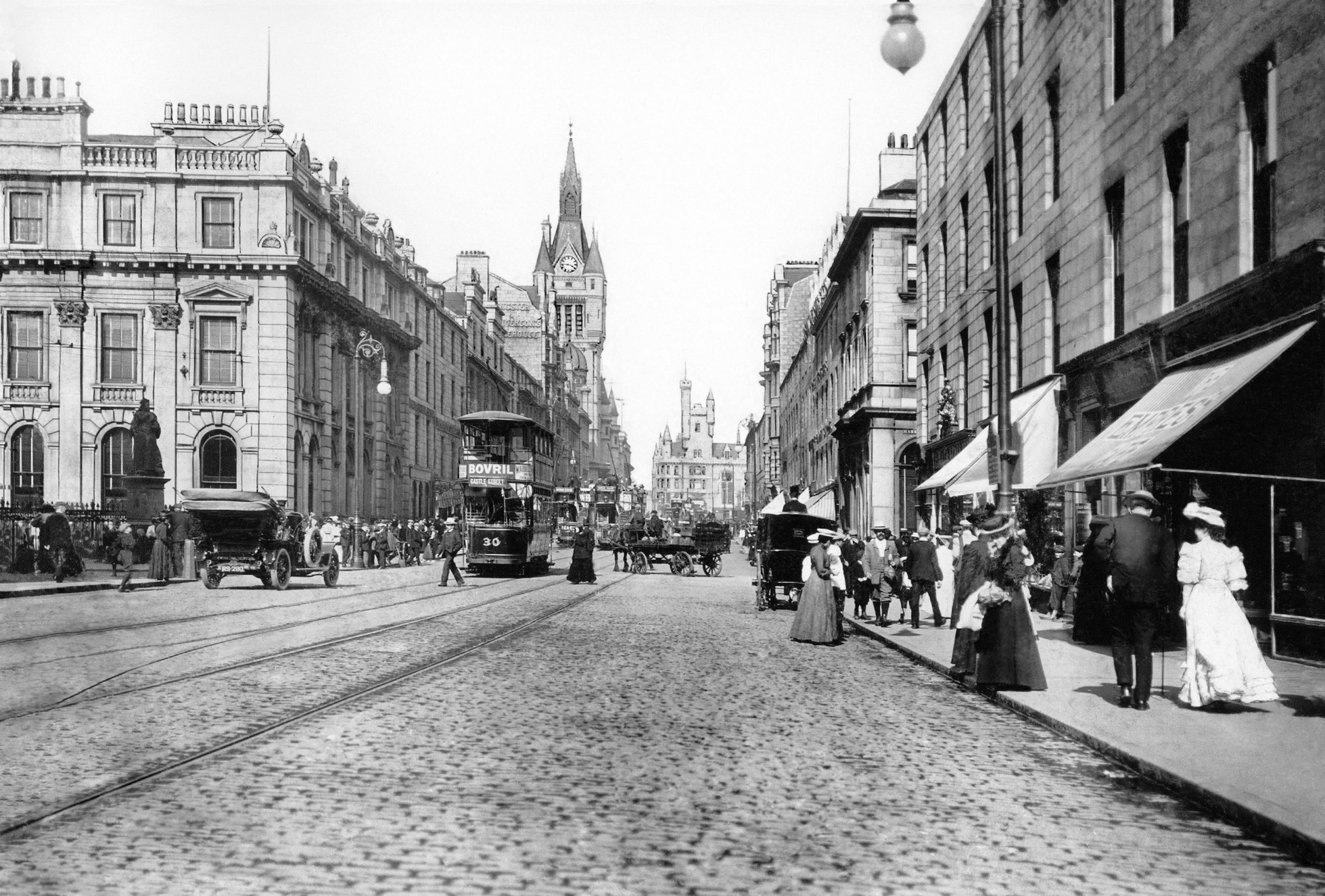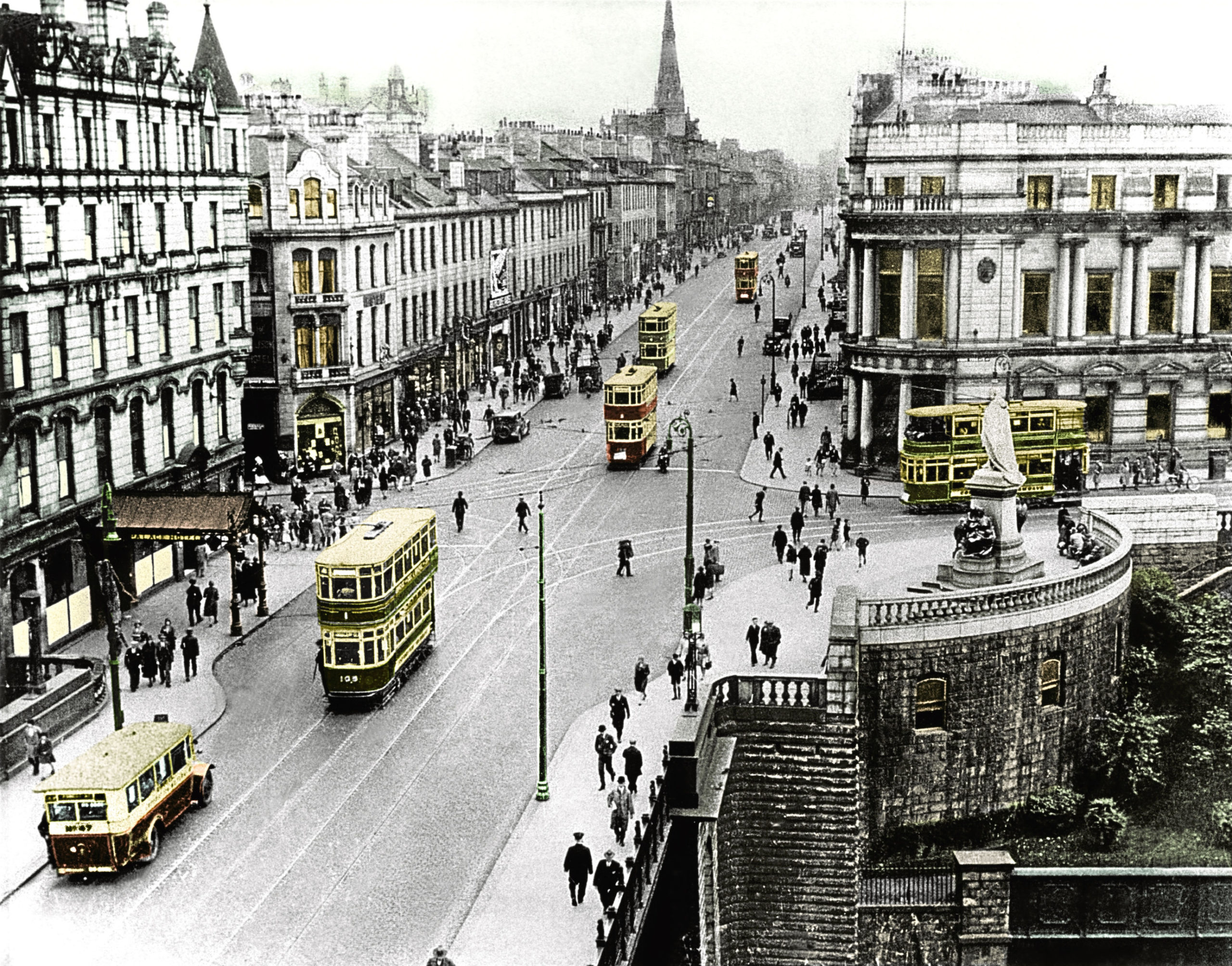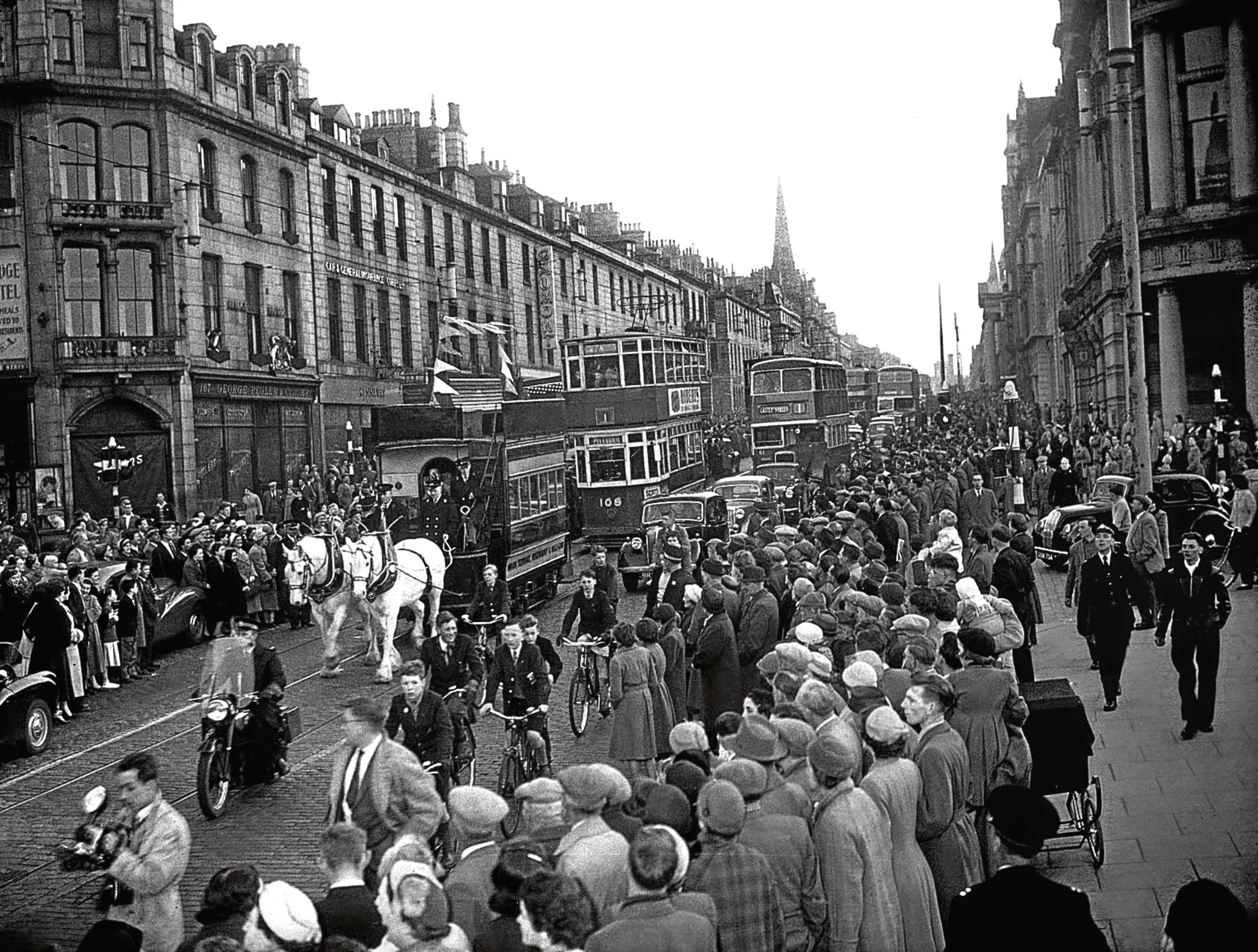Aberdeen’s trams, regarded as a vital part of the city’s life, reached the end of the track 60 years ago today.
The last of the trams made their way from Bridge of Dee to Bridge of Don on May 3 1958, down streets lined with local folk who had come to pay their last respects.

The fleet was then taken to the beach and set alight, despite the protests of the public.
All but two trams were destroyed that night – one now resides in the Grampian Transport Museum in Alford, and the other is on display at Dundee Transport Museum.
The fleet had been deemed too inflexible for the city, which had by then begun to favour the bus.
The trams first took to the tracks in the city in 1898, originally drawn by horses before being electrified in 1902.
According to Ian Soutar, a trustee of the Alford Bus Collection, the horses struggled to cope with the slopes of the city.
He said: “They didn’t do well with hills, the drag up to Rosemount was as much as they could muster, and even then they had to have more horses.”
By the 1930s, the trams’ heyday had begun to wane, with the invention of the bus.
However, when the majority of Aberdeen’s bus fleet was conscripted during the Second World War, the trams filled the void.
Ian said: “In Aberdeen, the city grew, the tramways grew, it would not have been possible to expand the housing in the way that it was done without the trams.”

Joe Mackie, chairman of the First Group Heritage Trust, said: “The decision was taken to stop running trams in Aberdeen, and very soon after they were taken off, there was a squad of workmen out digging up all the tram tracks.”
Joe added: “Trams were extremely important to Aberdeen, to the economy.
“They were the mainstay of the public transport in Aberdeen for many years.
“There were very few people who could afford cars, so the vast majority of people in Aberdeen would use the tram cars.
“It was how they got to their work, it was how they got their shopping, they were a mainstay of the economy.”
A talk celebrating the history behind the vehicles is set to be held at the Central Library.
Keith Jones, a retired local government officer and now transport historian and member of the Great North of Scotland Railway Association, will be hosting the event.
He said: “Back in the day trams were the main form of public transport in the city.”

Trams expanded in the city, with around 60 on the go at their height, until the bus arrived on the scene which was not bound to tracks and could therefore serve new housing developments as they sprang up.
Keith said: “Aberdeen did renew its tram fleet in the late 1940s, but unfortunately I think the cost of maintaining the infrastructure, the rails and the overhead lines was catching up. Modern buses were far cheaper to run.
“Lots of people, even now, look back at Aberdeen’s trams with some nostalgia.”
With his presentation entitled ‘From Horse Tram to Hydrogen Bus: The story of public transport in Aberdeen’, Mr Jones will discuss the history of the city’s tramways from the earliest lines in 1874 – to the closure in 1958.
The talk will also examine the changes in transport over the past 60 years.
The event on May 14 is free, but booking is essential. Email LibraryEvents@aberdeen city.gov.uk or call 01224 652500.